The Volvo XC90 is nearly 9 years old now but still dominates the niche.
Back in December 2015, Volvo Car Malaysia introduced an all-new XC90 – this was the brand’s first new product on the Scalable Product Architecture (SPA) and would come to define the rest of the range for a decade. Today, the Volvo XC90 is still on sale in Malaysia and will likely continue to be offered as long as it’s relevant to our market.
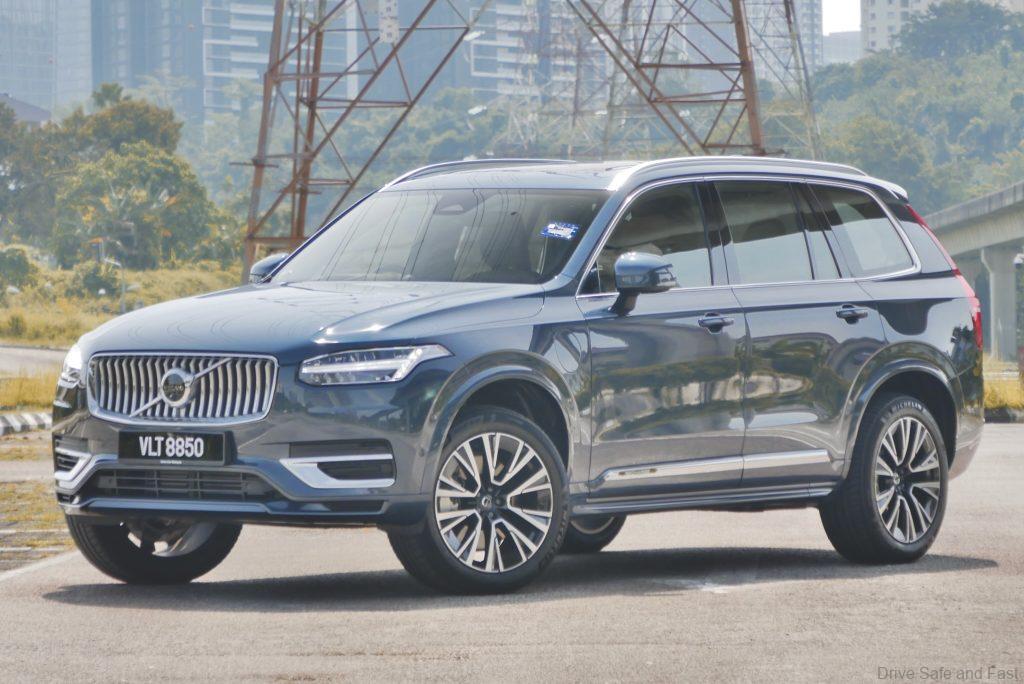
Although 9 years is a lifetime in the automotive world, the XC90 was built from the ground up to be the most future proof vehicle in its class and Volvo did a good job keeping the model updated throughout the years while still keeping the price down despite extreme inflation and worsening currency exchange rates.

Think about this – the 2015 model debuted at RM453,888 while the 2023 model has much better specifications but is still sold for RM434,888.
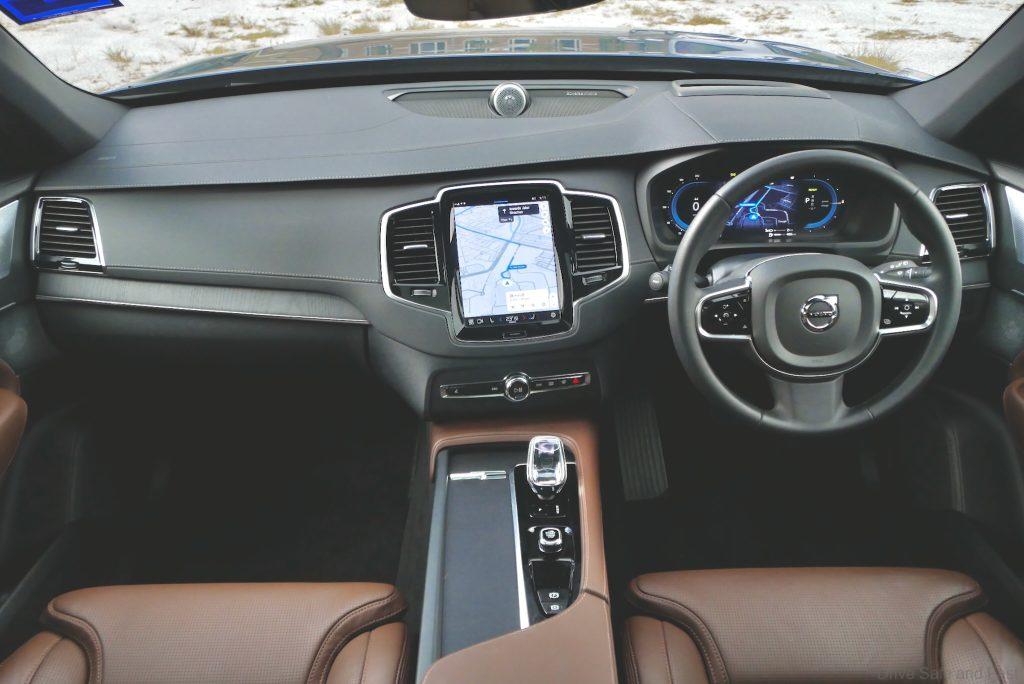
What has changed in 9 years?
The first major change happened in 2016 when the car was locally-assembled. Later on a T5 petrol model was introduced in 2018 and this was followed by a minor ‘facelift’ in late 2019 which brought a larger battery and longer electric range. In 2021, the Volvo XC90 was updated with “Recharge” nomenclature, given a wireless charger and USB-C ports. In early 2022, The T5 petrol model was replaced with a B5 mild hybrid model. A few months later, the T8 PHEV model got another battery upgrade for even more electric range. Finally, in 2023 the B5 and T8 Ultimate variants signaled the last of the XC90 updates. Somewhere along the line – possibly in the 2022 or 2023 update, the T8 model lost its supercharger but this change was compensated for with a more powerful electric motor.

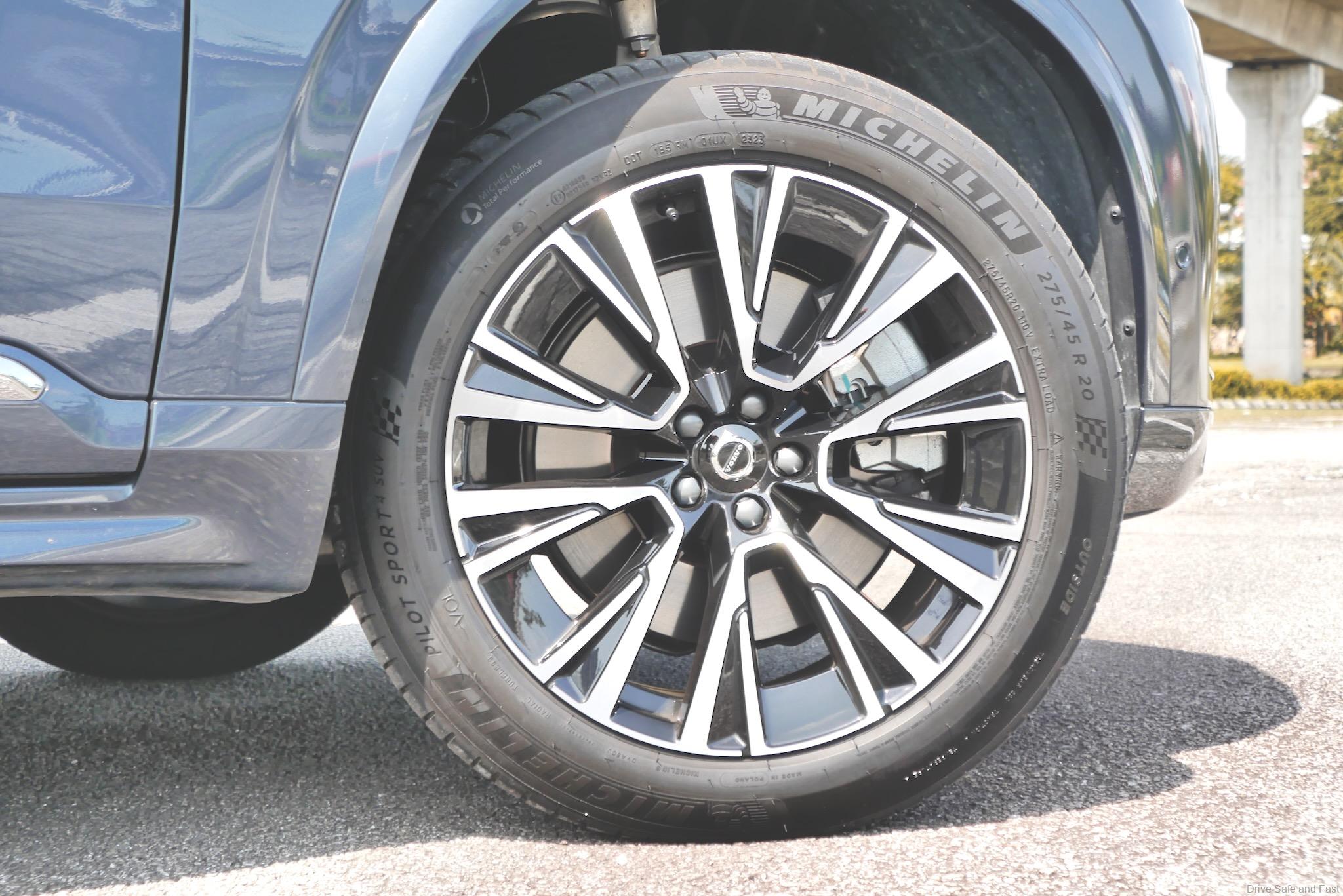
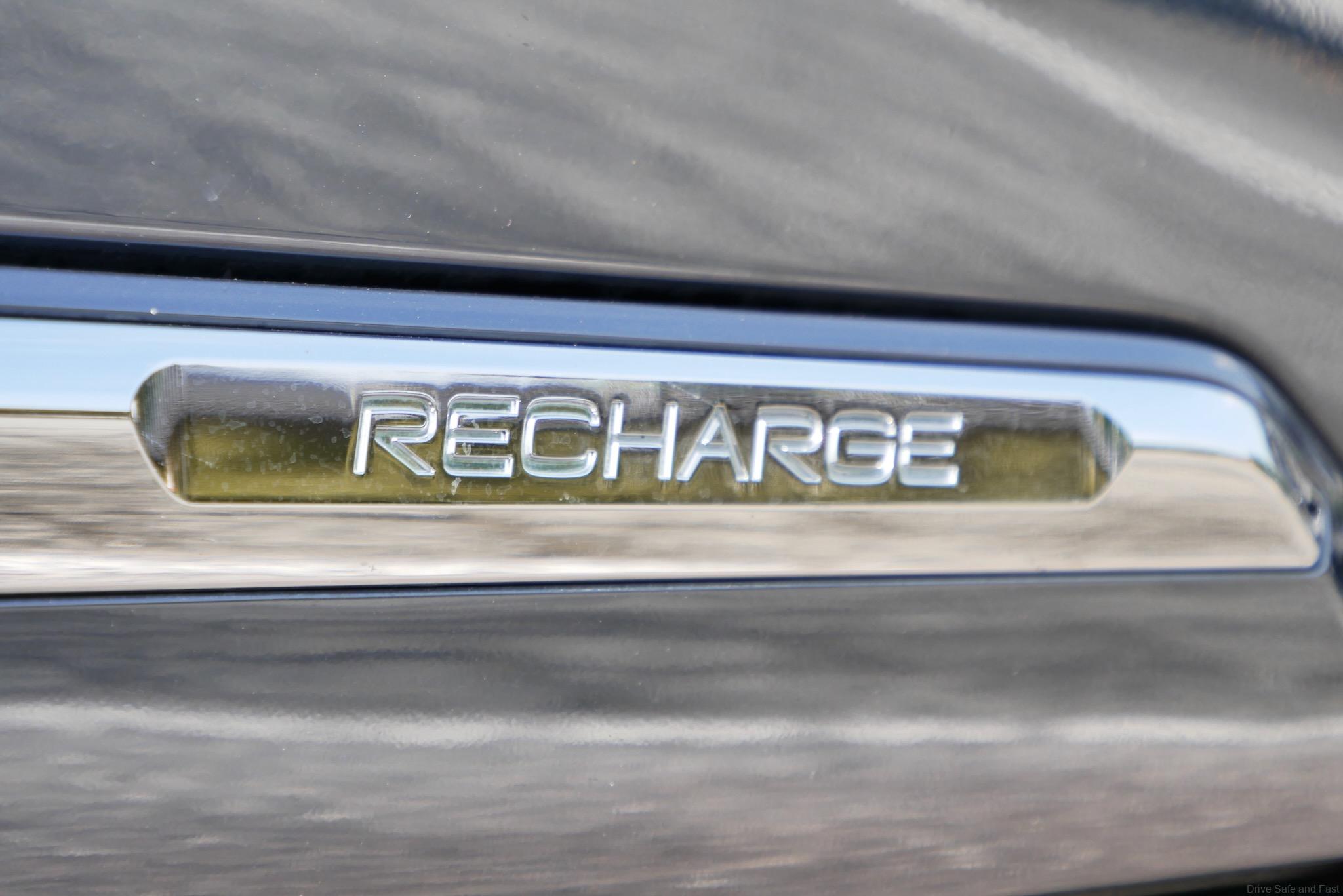
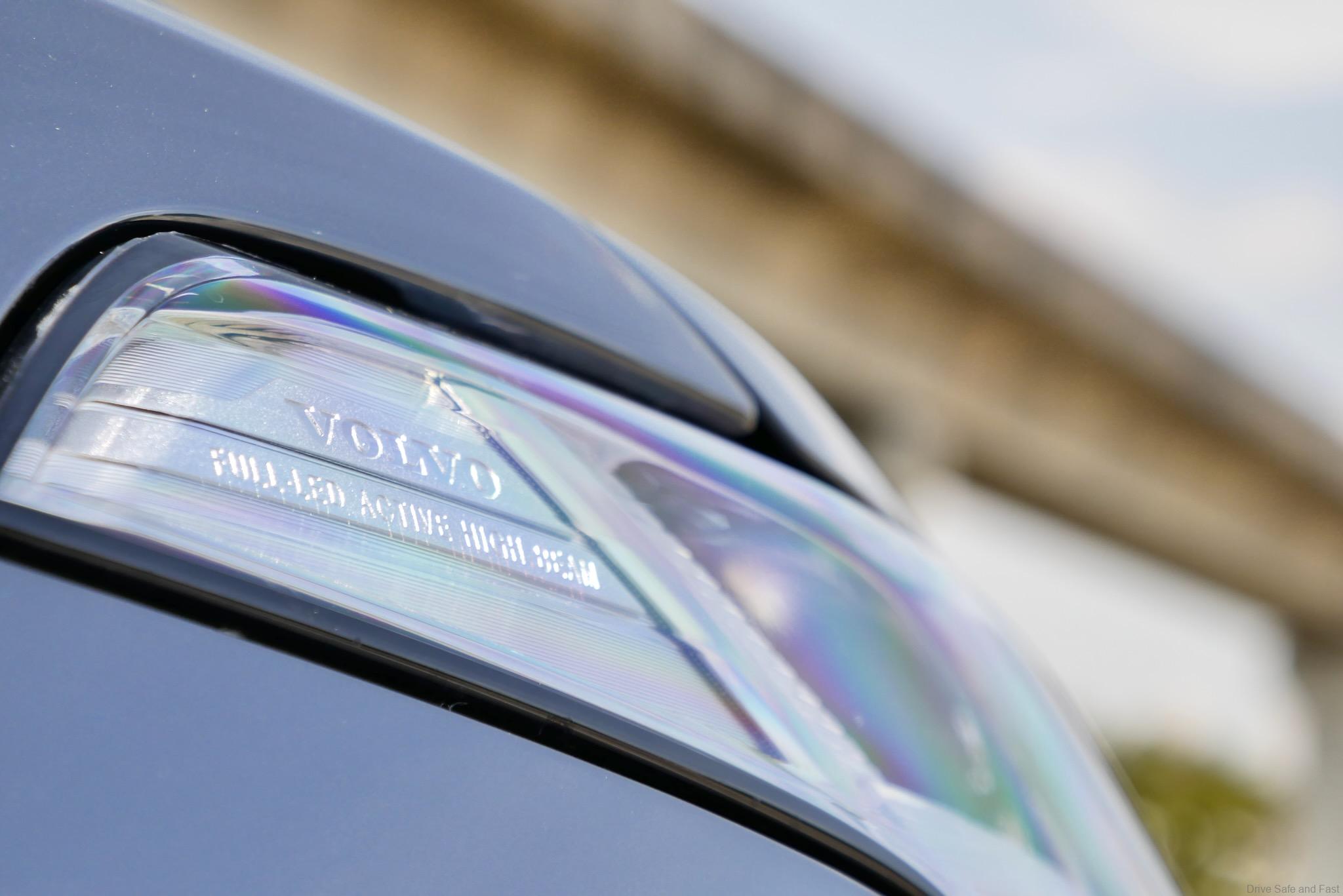
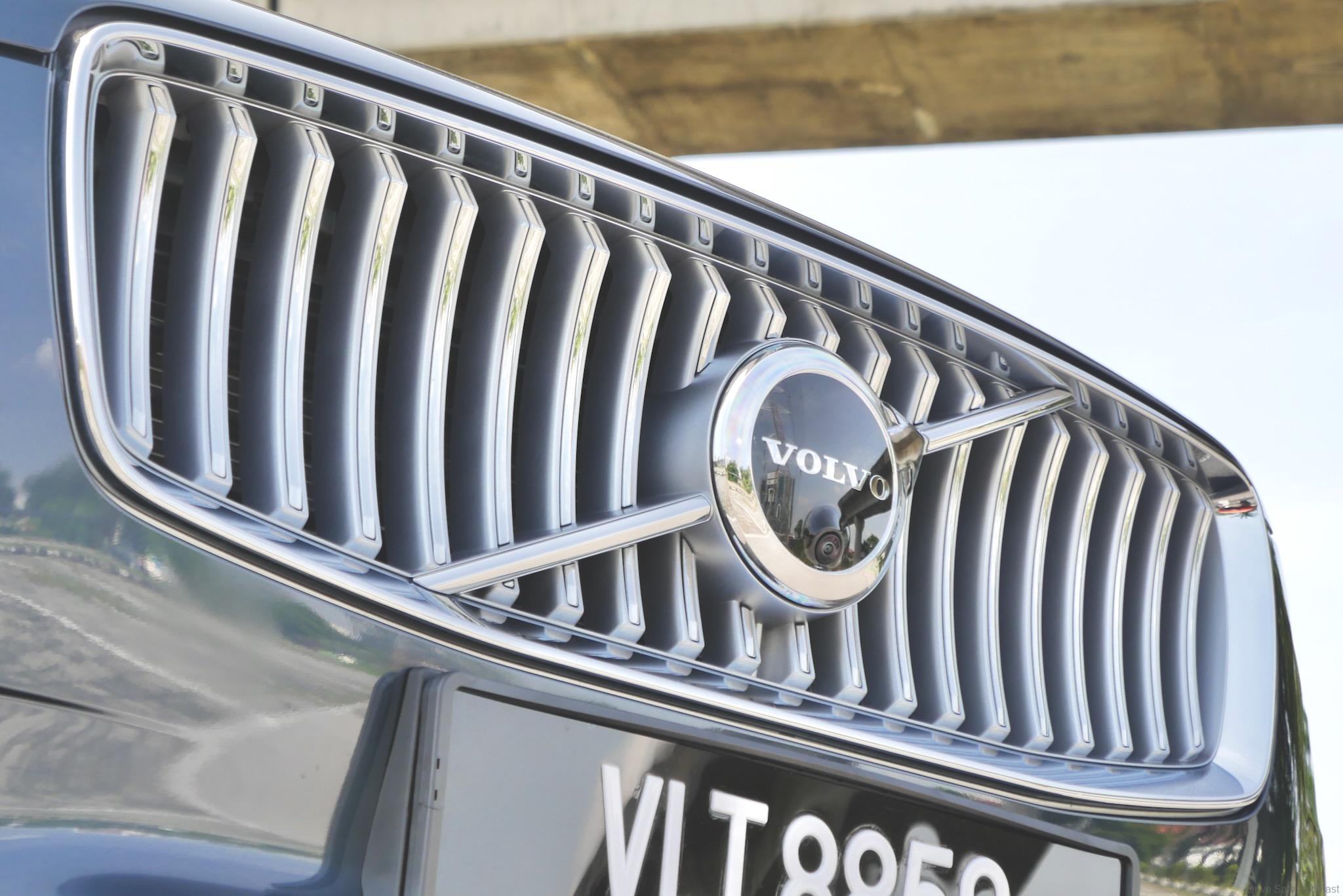
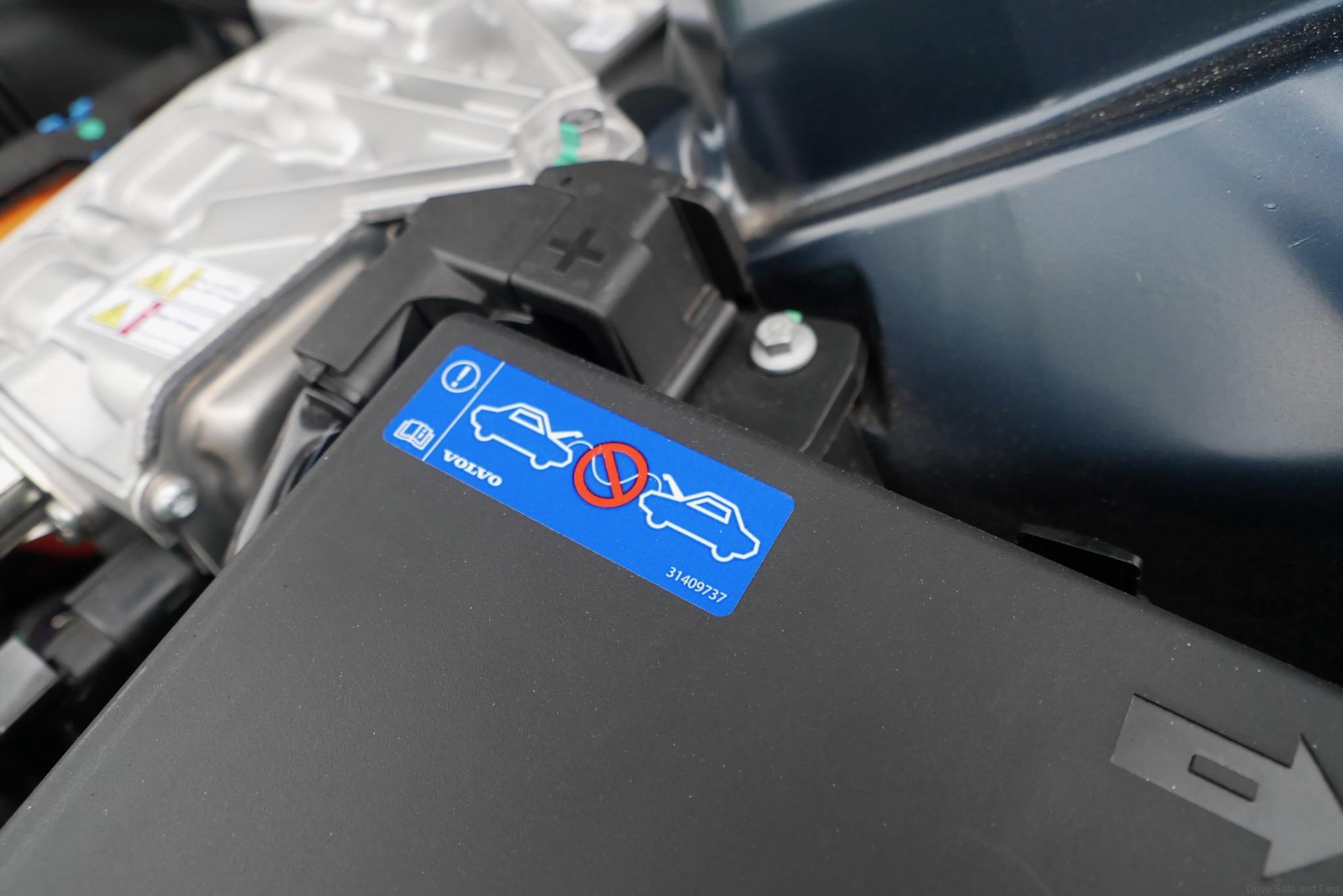
So, if you’re comparing a 2015 and 2023 model, you’ll find the new one looks slightly different (the gear shifter, wood trim, Drive Mode Selector, body paint options, rims and bumpers are the biggest visual differentiators). The new cars also have significantly more electric range (43km vs 77km on paper), different powertrain tuning and faster charging capabilities. The infotainment may look the same but you’ll find they’re vastly different between model years. The early models were basic Sensus units with limited smartphone connected features. The new models feature Google Built-in features and Apple Carplay/Android Auto readiness. The beveled Drive Mode Selector has been deleted and integrated into the software on post-2019 cars too. You’ve also got to look out for options on older models like the Bowers & Wilkins sound system that was missing in early CBU models and air suspension that may have been omitted in some CKD variants.



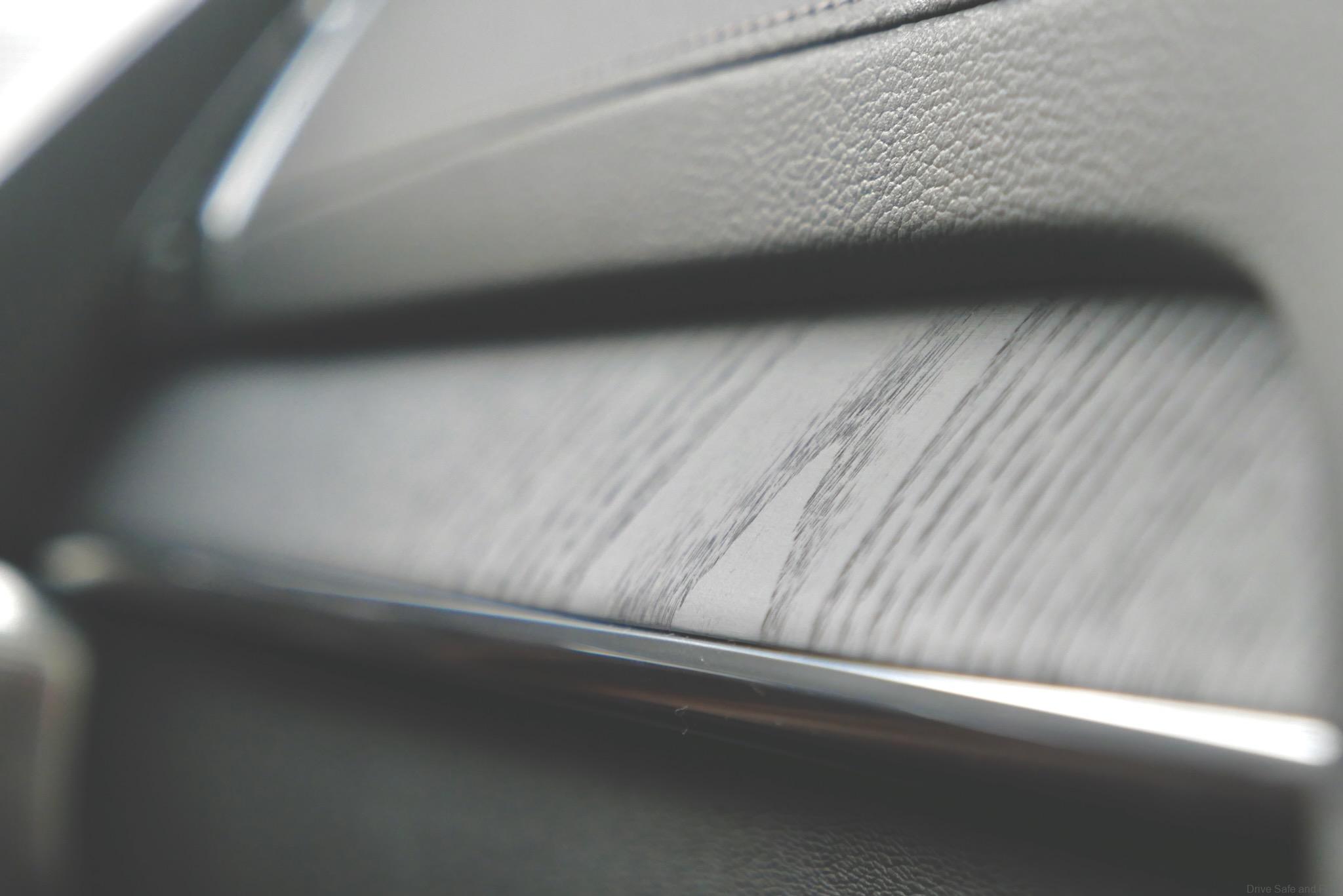
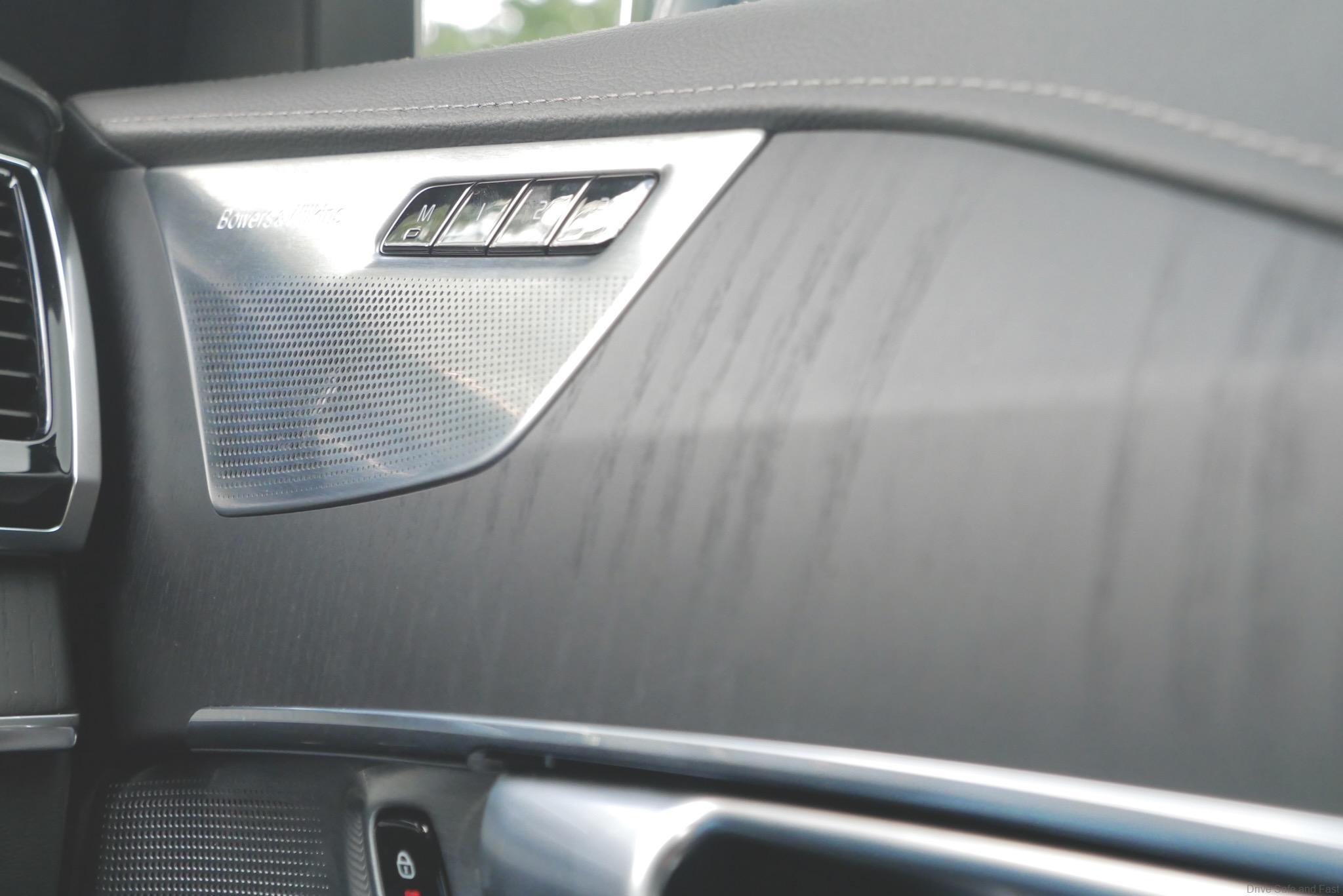
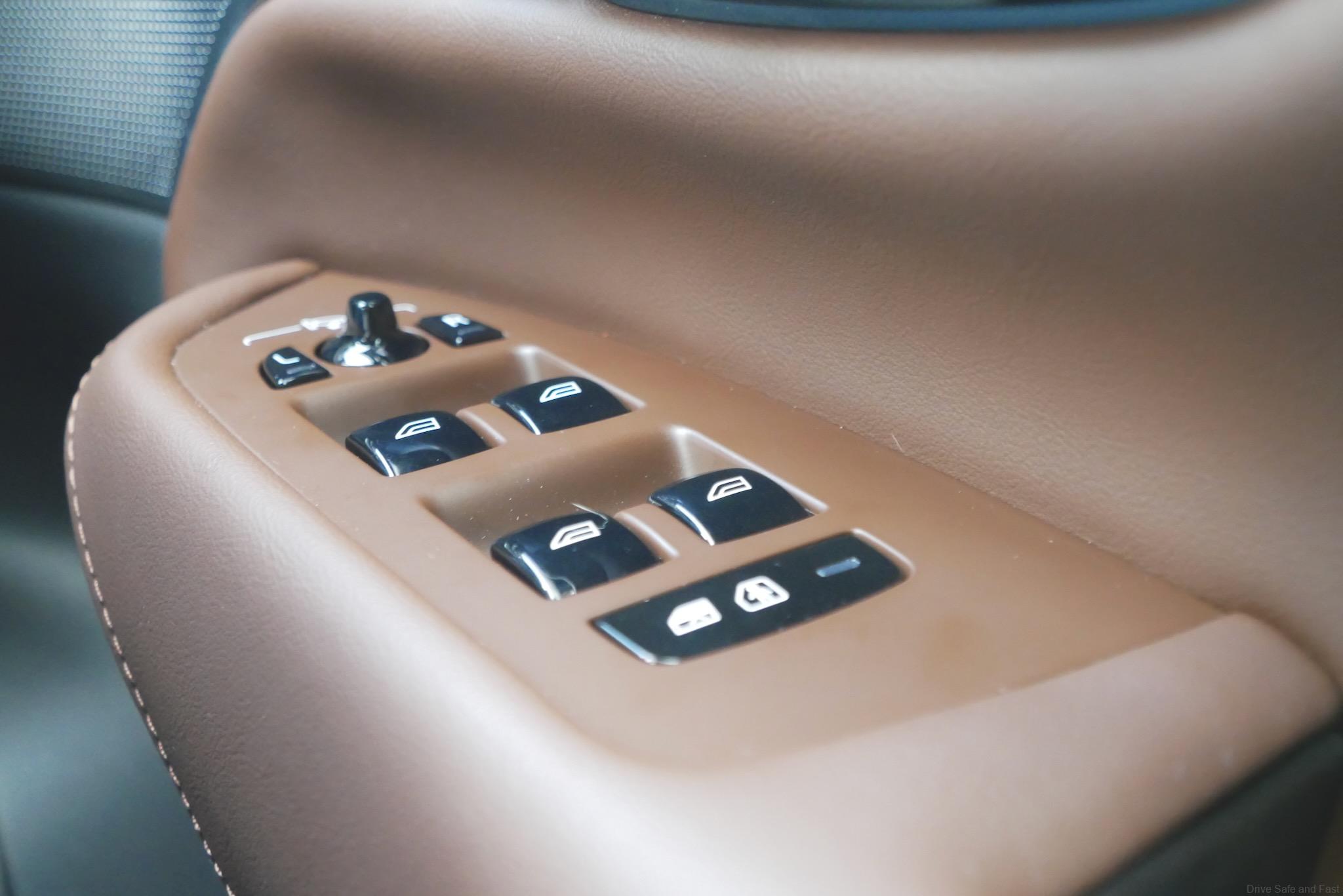

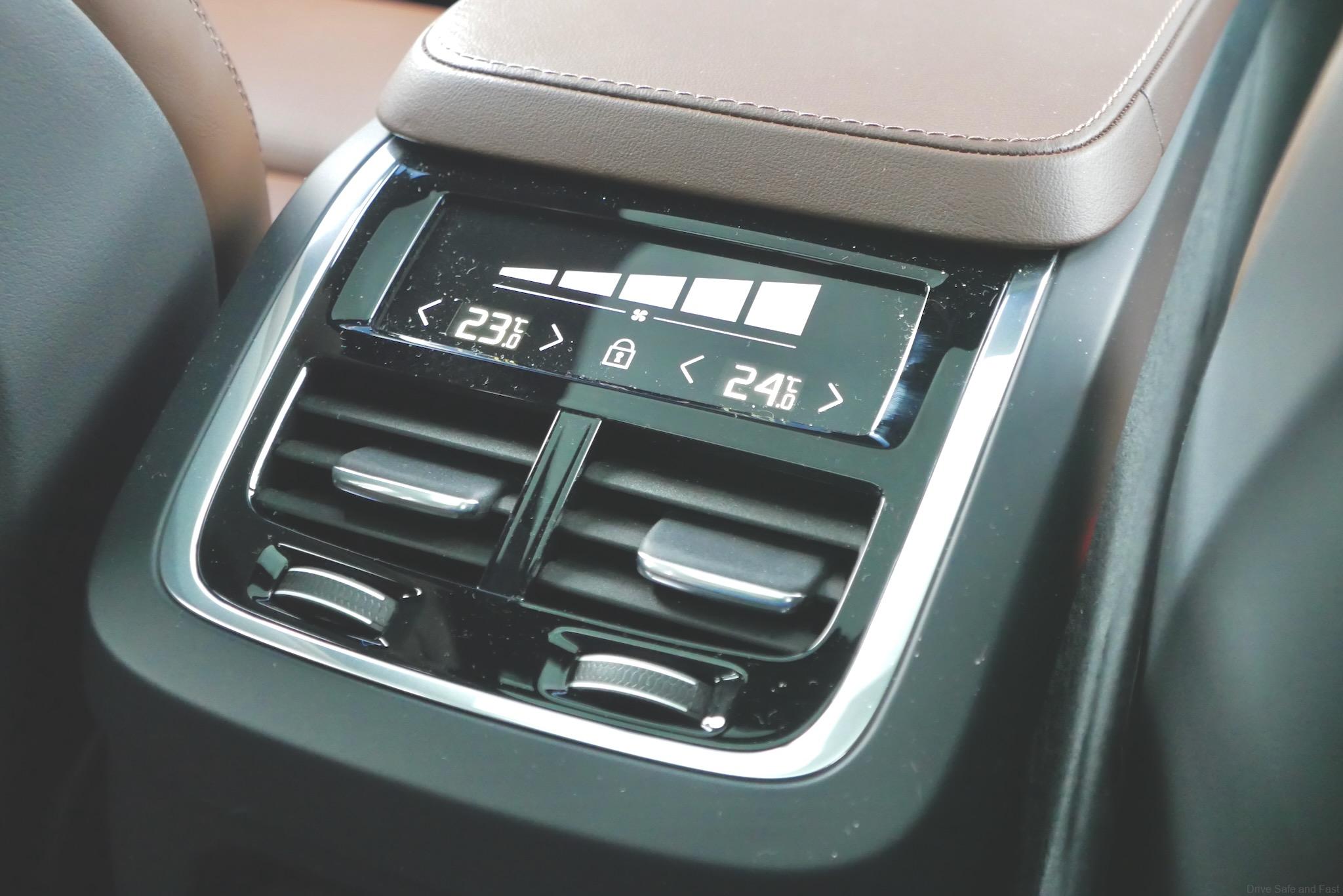

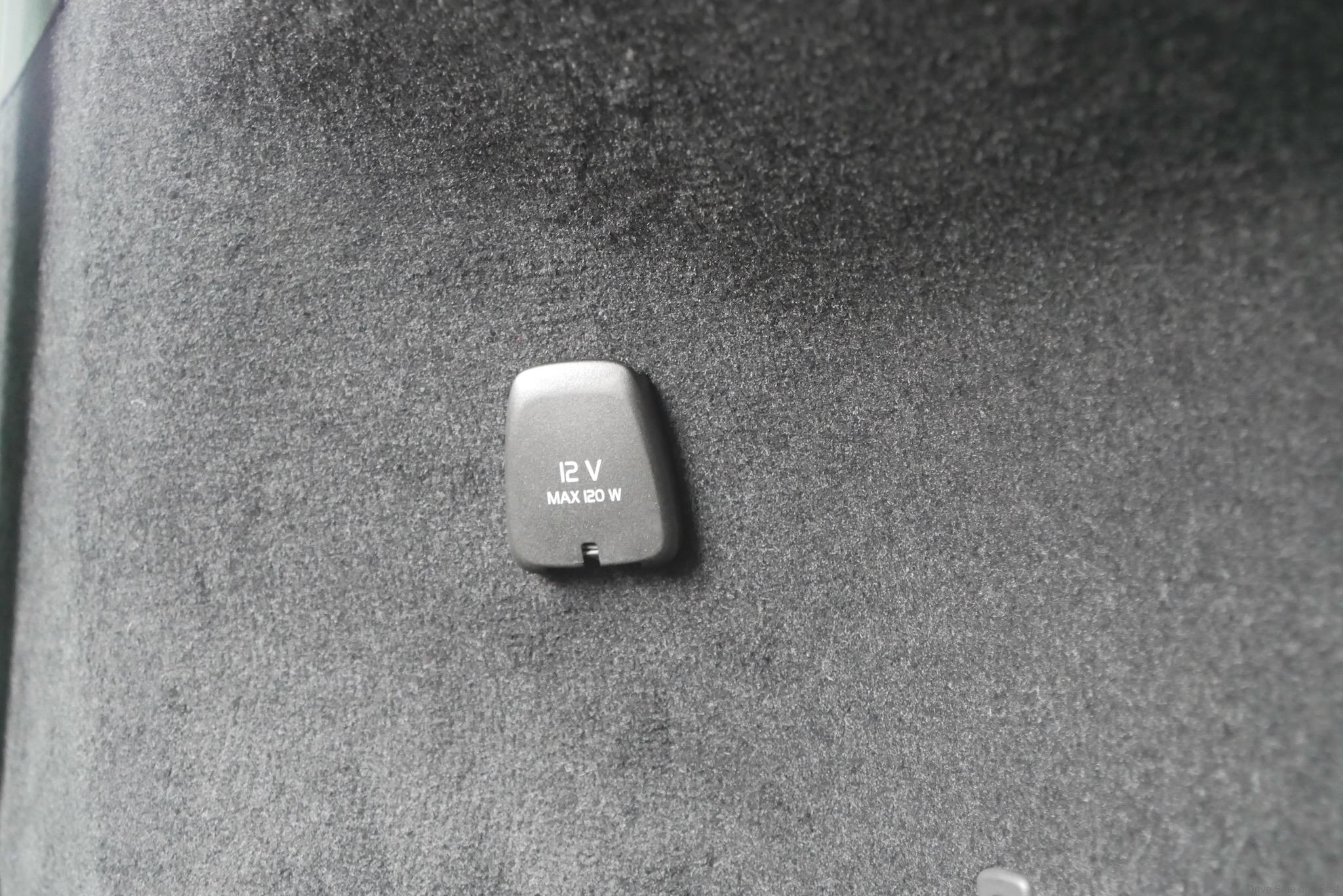
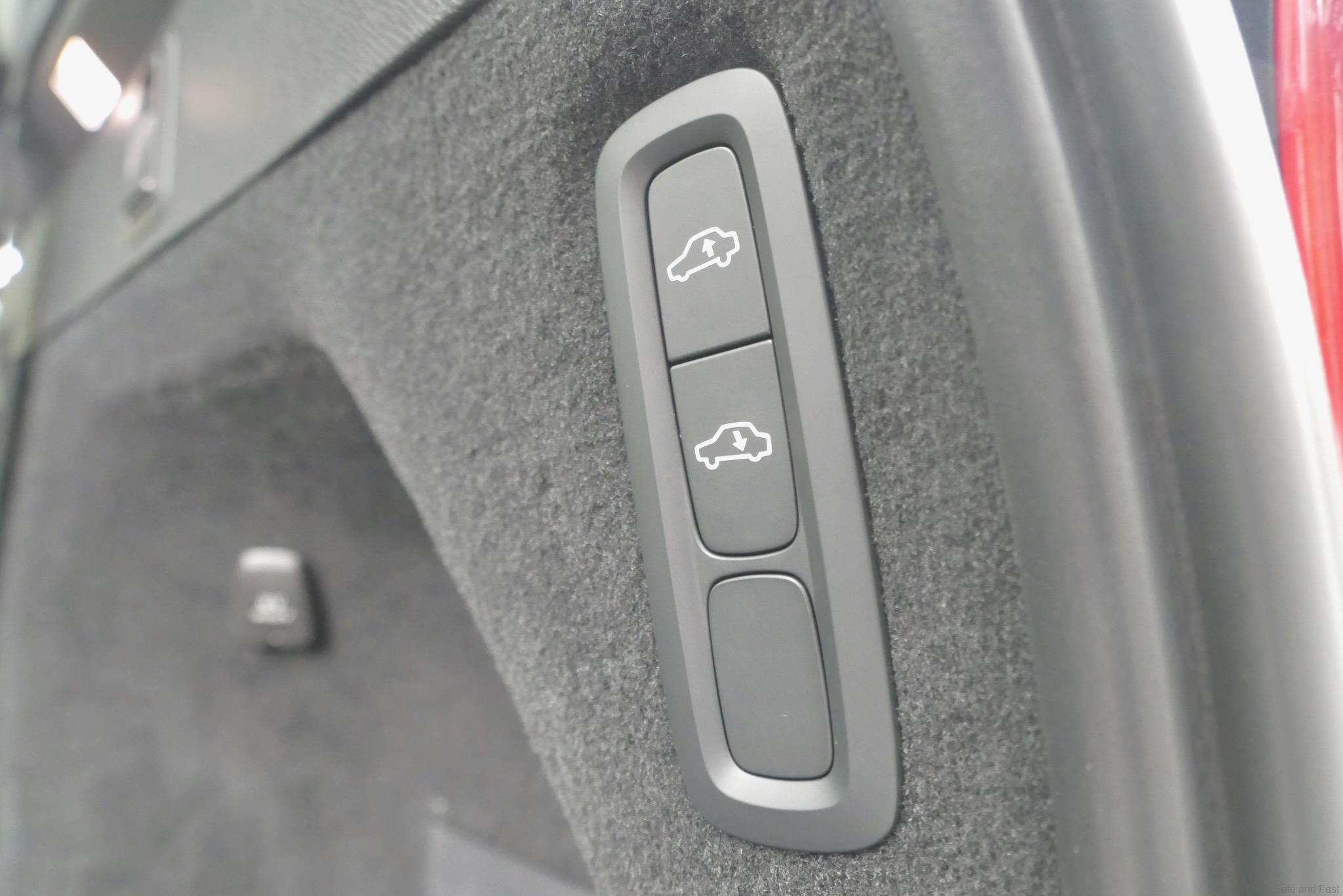
For some, these changes are minor. To others, the infotainment features and extended electric driving capabilities and 5-year manufacturer’s warranty on a complex machine like this are factors worth considering.
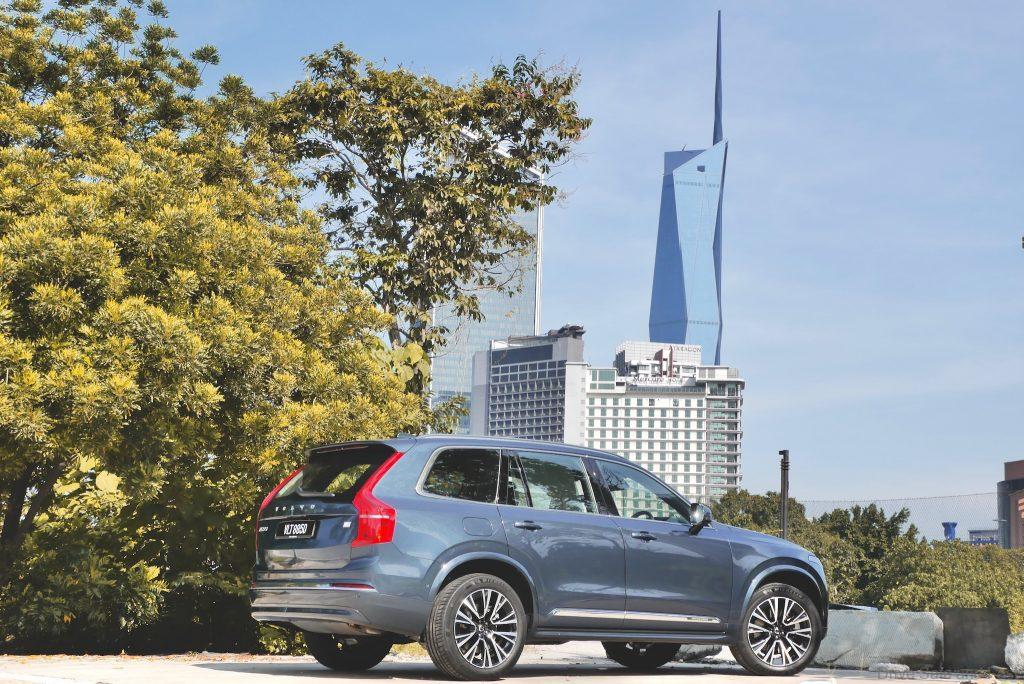
Still The King Of The Hill?
The marketplace has changed drastically since the XC90 was first brought into Malaysia. Back then at just over RM400,000, the CKD model was an absolute ‘steal’ in the segment and only the BMW X5 xDrive40e gave any sort of competition. Unfortunately for BMW, their 2.0L PHEV proved to be unpopular and resale value has plummeted over the years. The new X5 PHEV gets a 3.0L, as does the competing Mercedes-Benz GLE 450, but both are now priced around RM530K, which puts them dangerously close to the Porsche Cayenne CKD model at RM600K (RM550K in 2022 for the pre-facelift CKD model).
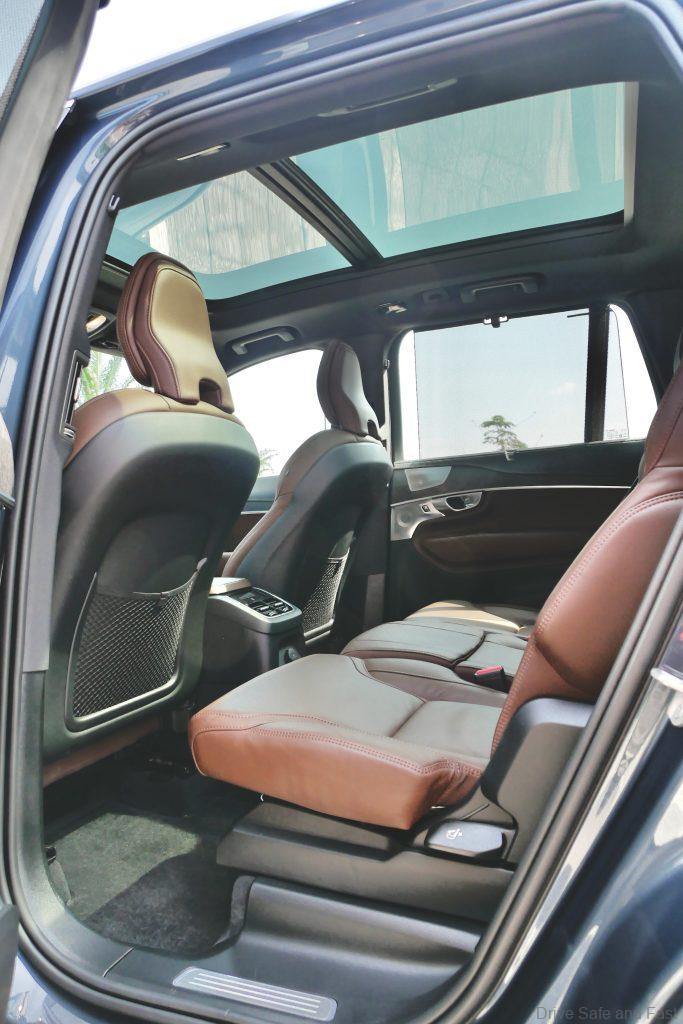
The 2023 Volvo XC90 Recharge T8 Ultimate then is actually still an excellent value proposition starting at just RM432,888. It’s no smaller nor is it less practical than any of its rivals with 5+2 seating and plenty of boot space and seating flexibility.
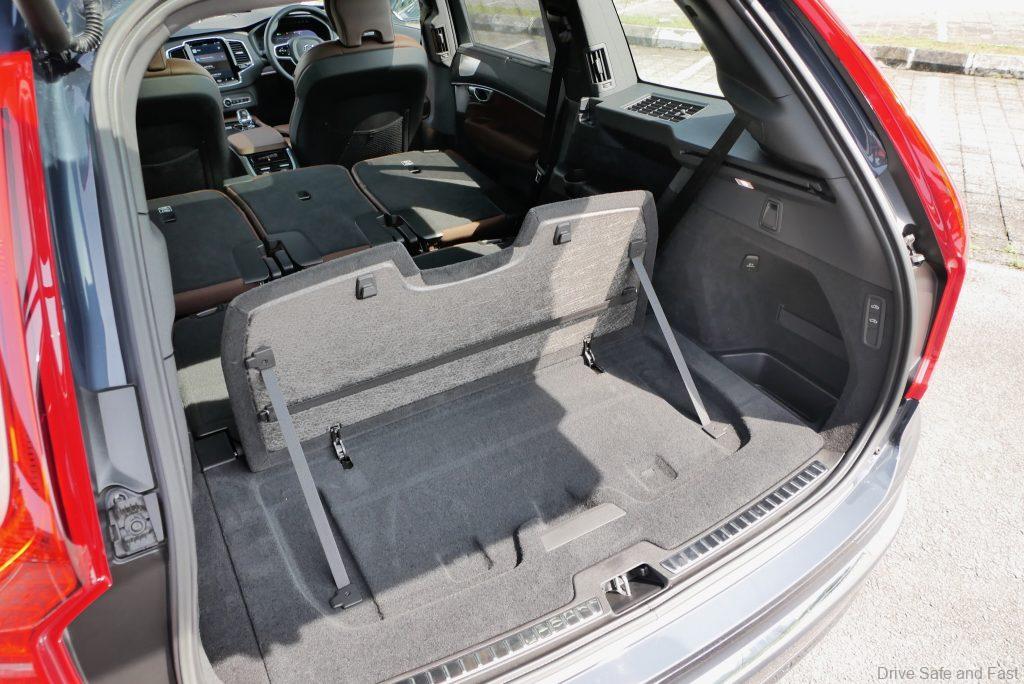
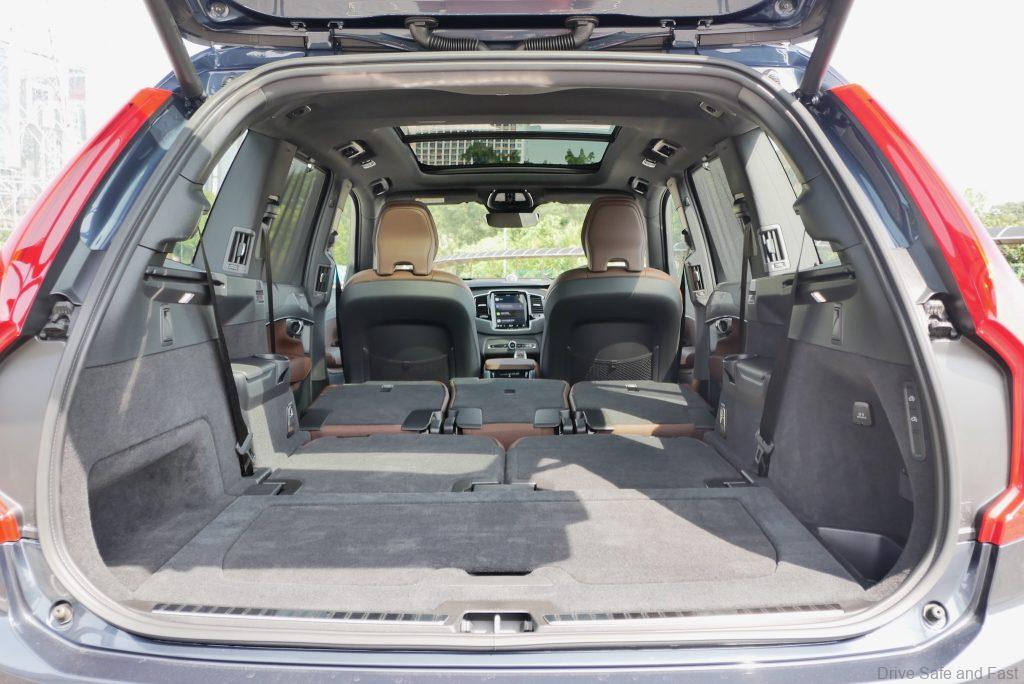
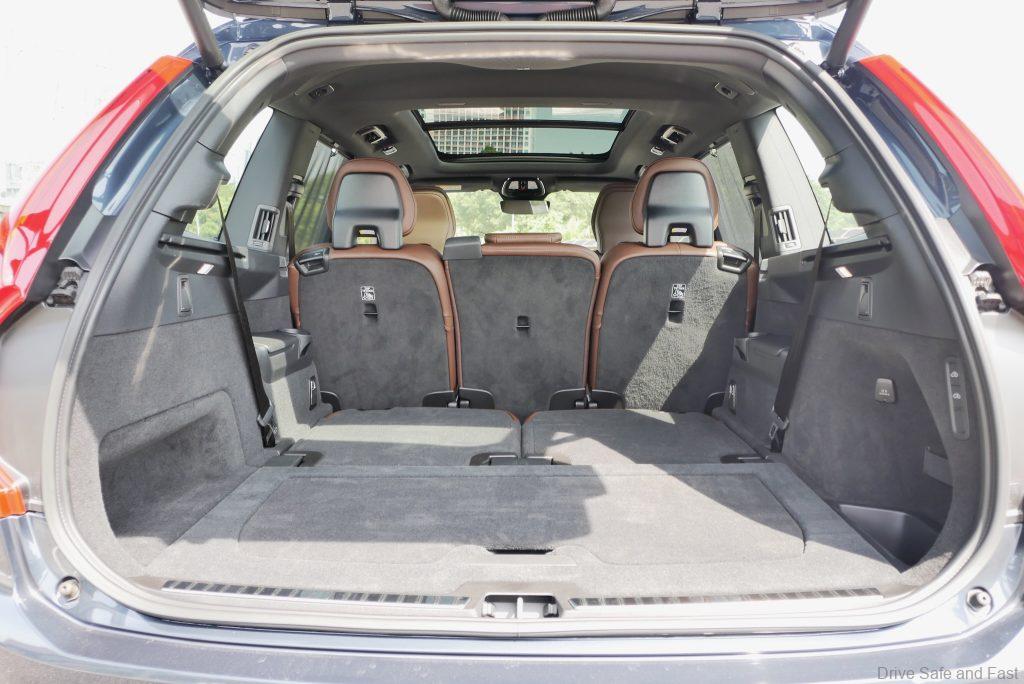
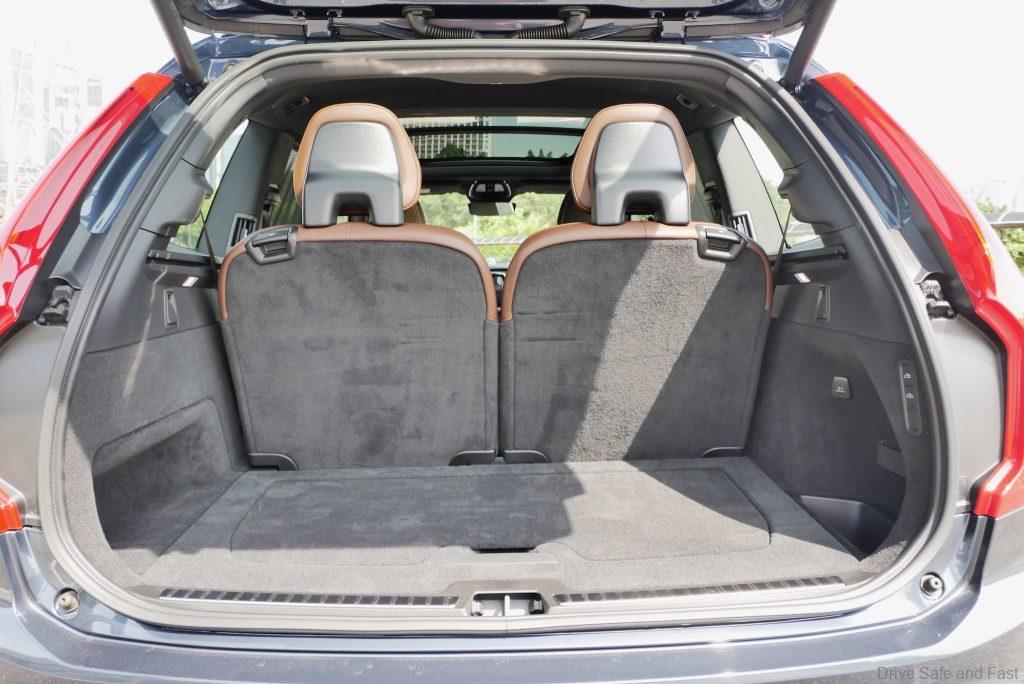
The design still oozes class nearly a decade later and it has the aura of a Bentley Bentayga or Rolls-Royce Cullinan. So while it’s not going to be as fun to drive as its German rivals, it’s doing what big SUVs do best – and it’s the best at it.
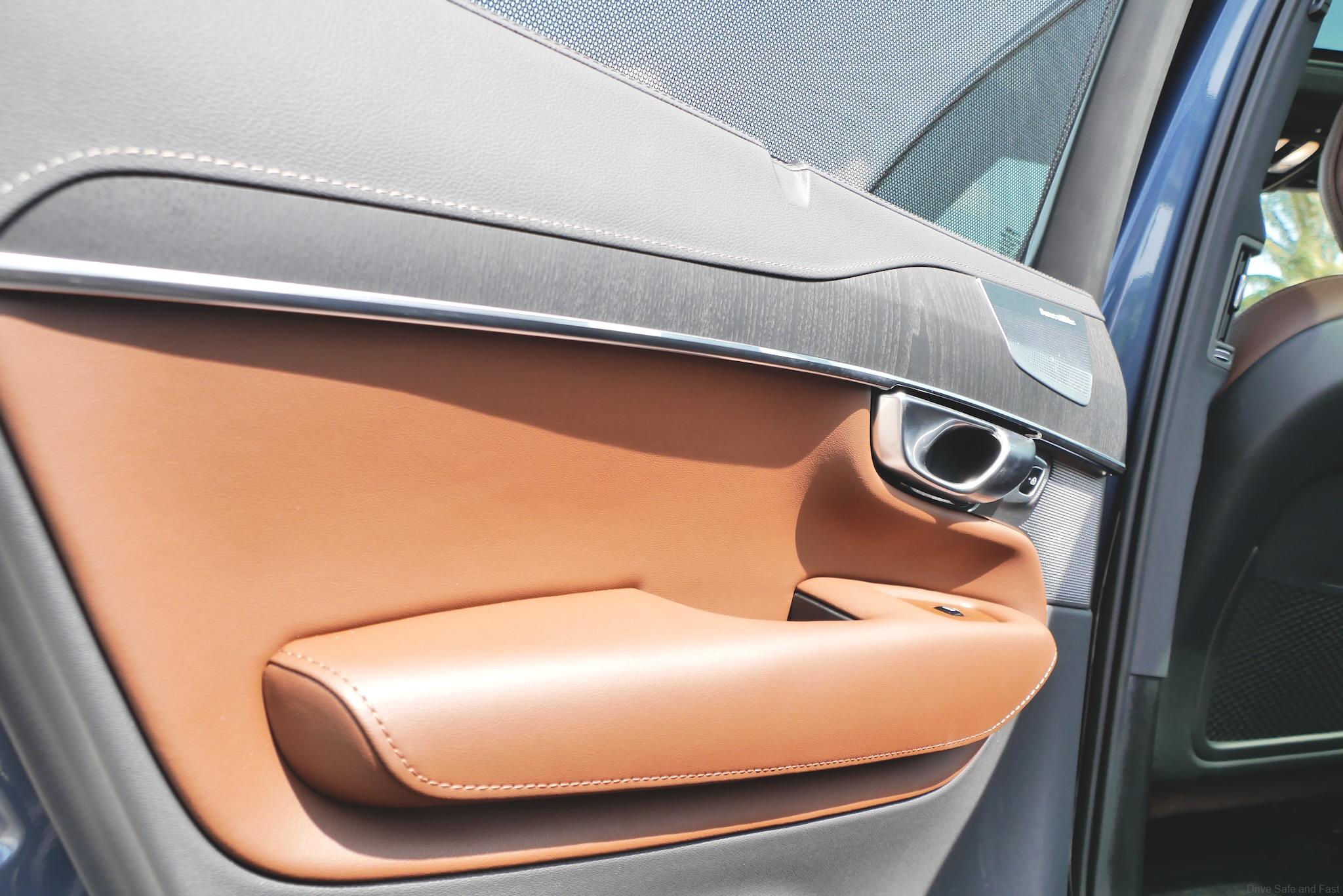
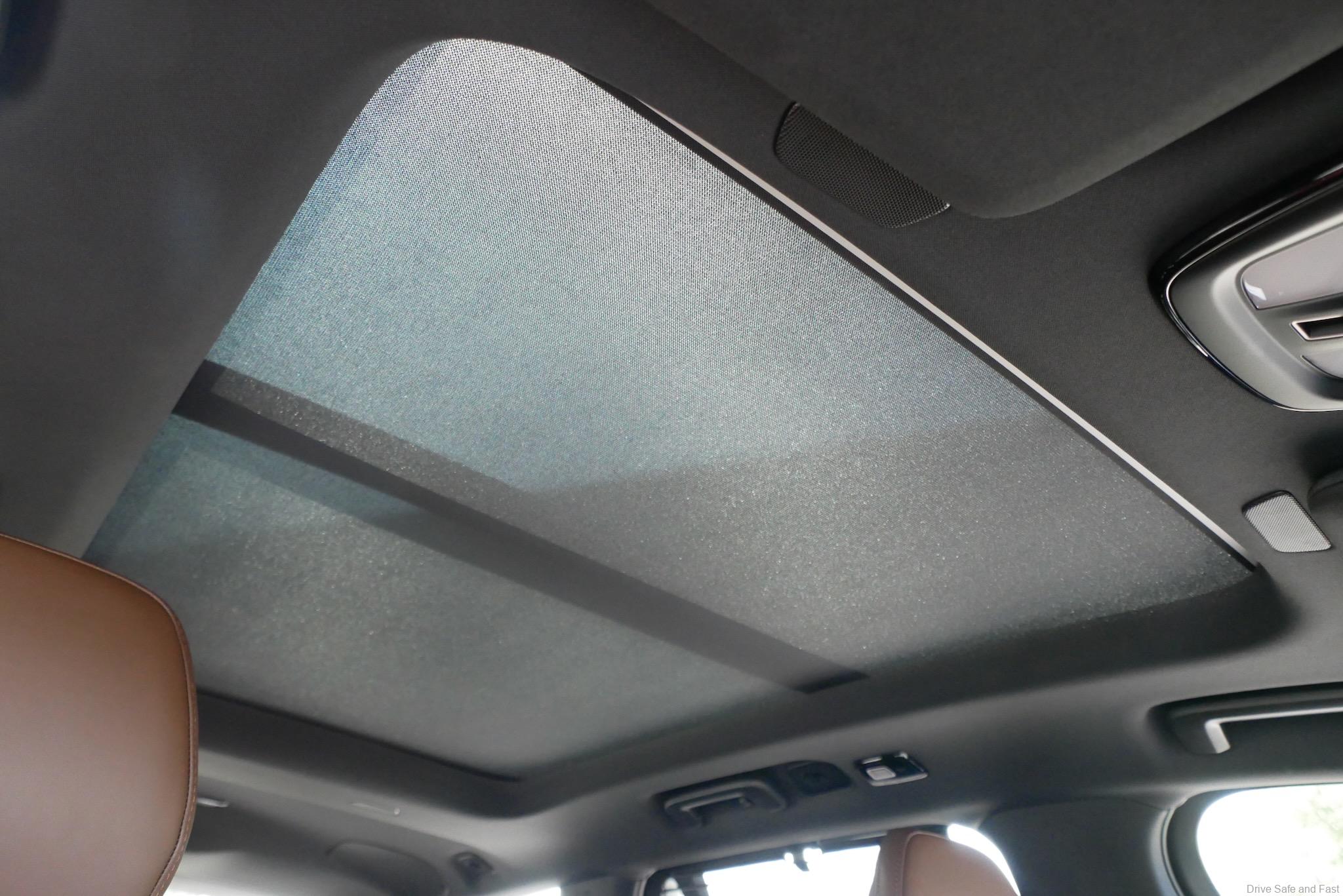
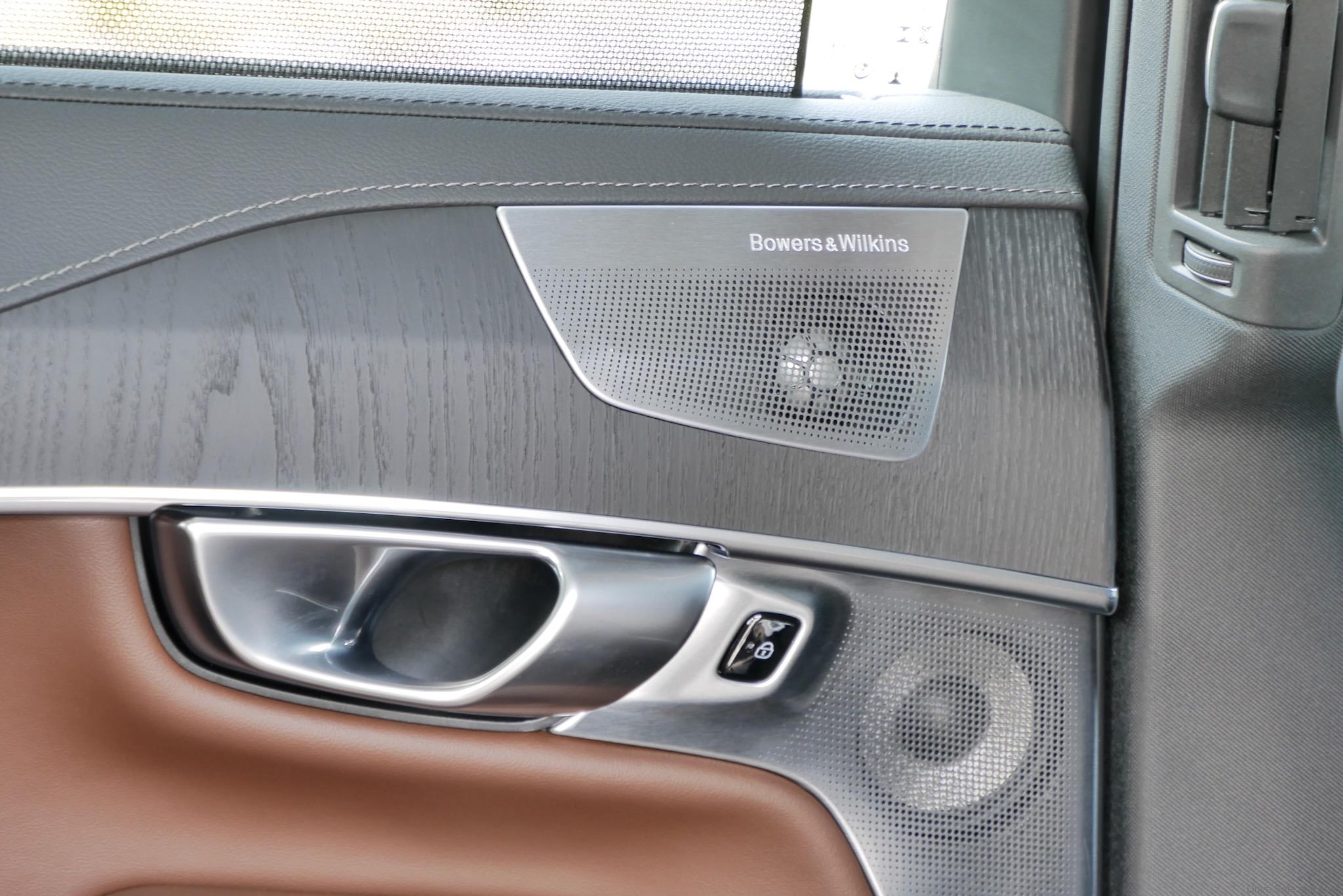
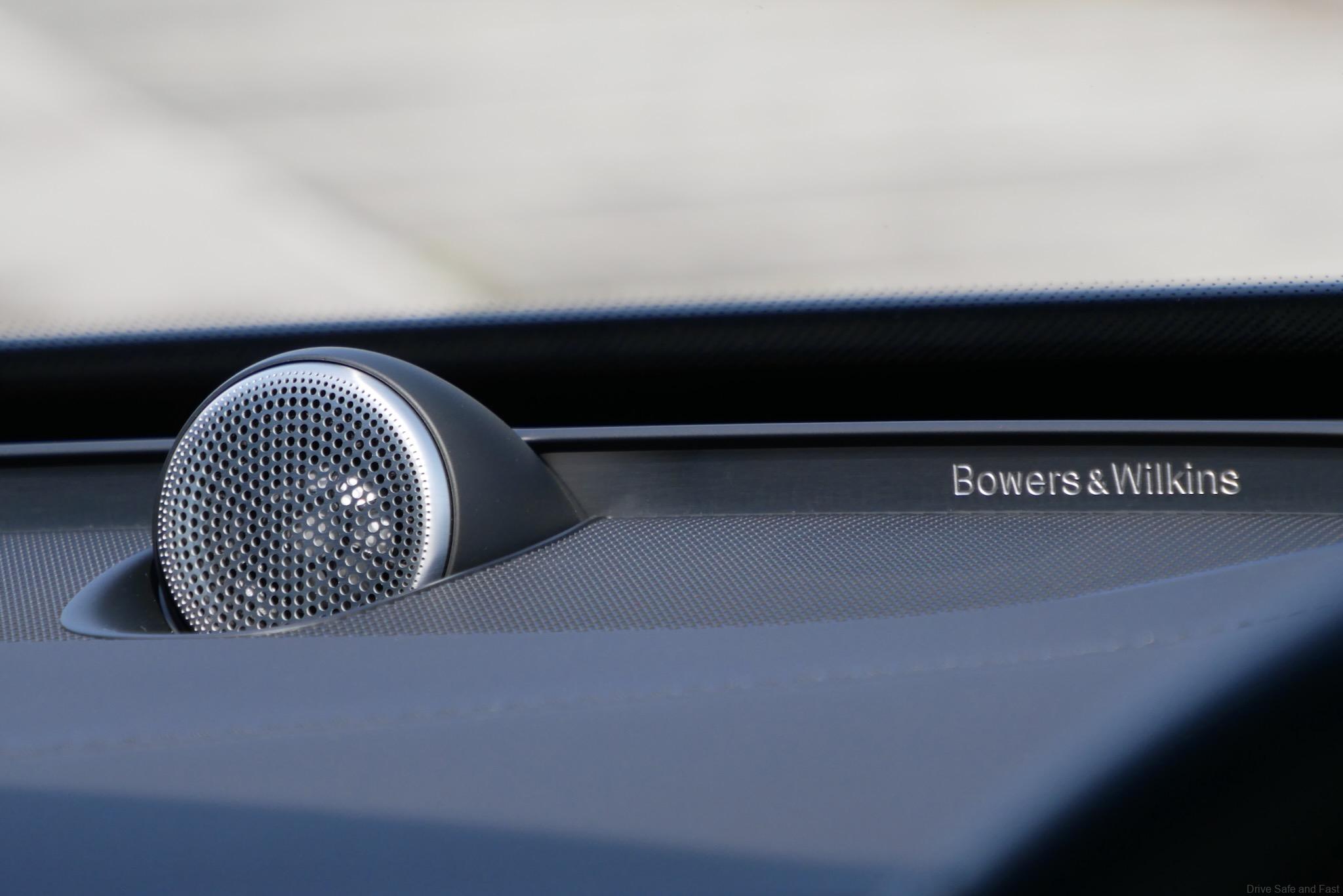
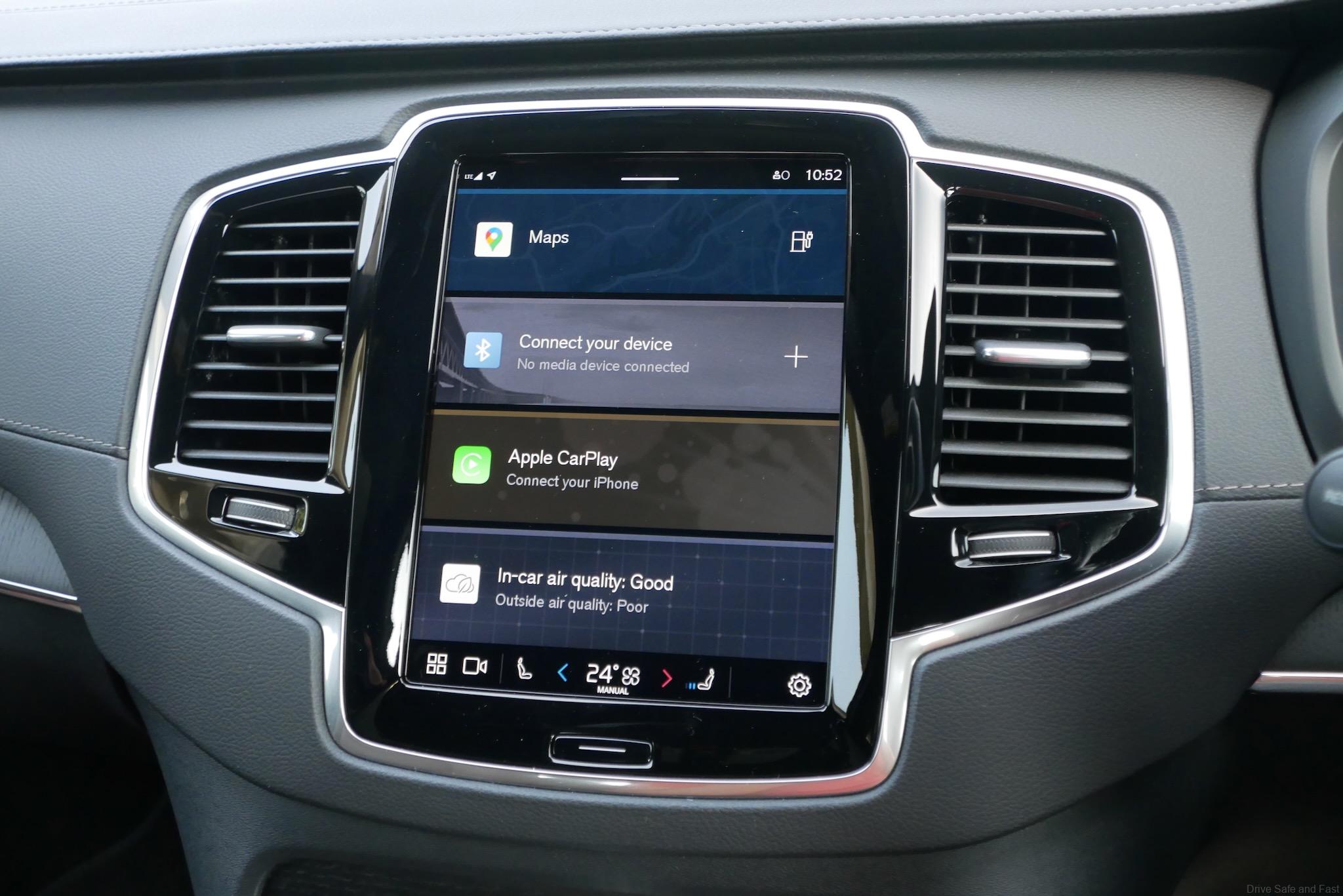
Semi Electric Luxury Cruiser
Total system output is now something like 462 hp and 709 Nm of torque – which means it’s no slouch either. This behemoth goes from 0-100km/h in just 5.3 seconds. Combined fuel economy is ridiculously low at 1.8L/km… Hard to believe but in actual fact I drove the car for three days straight without burning a drop of petrol, so if you’ve got a home charger, 0L/km is actually possible. You’ve just got to avoid testing out that century sprint time.
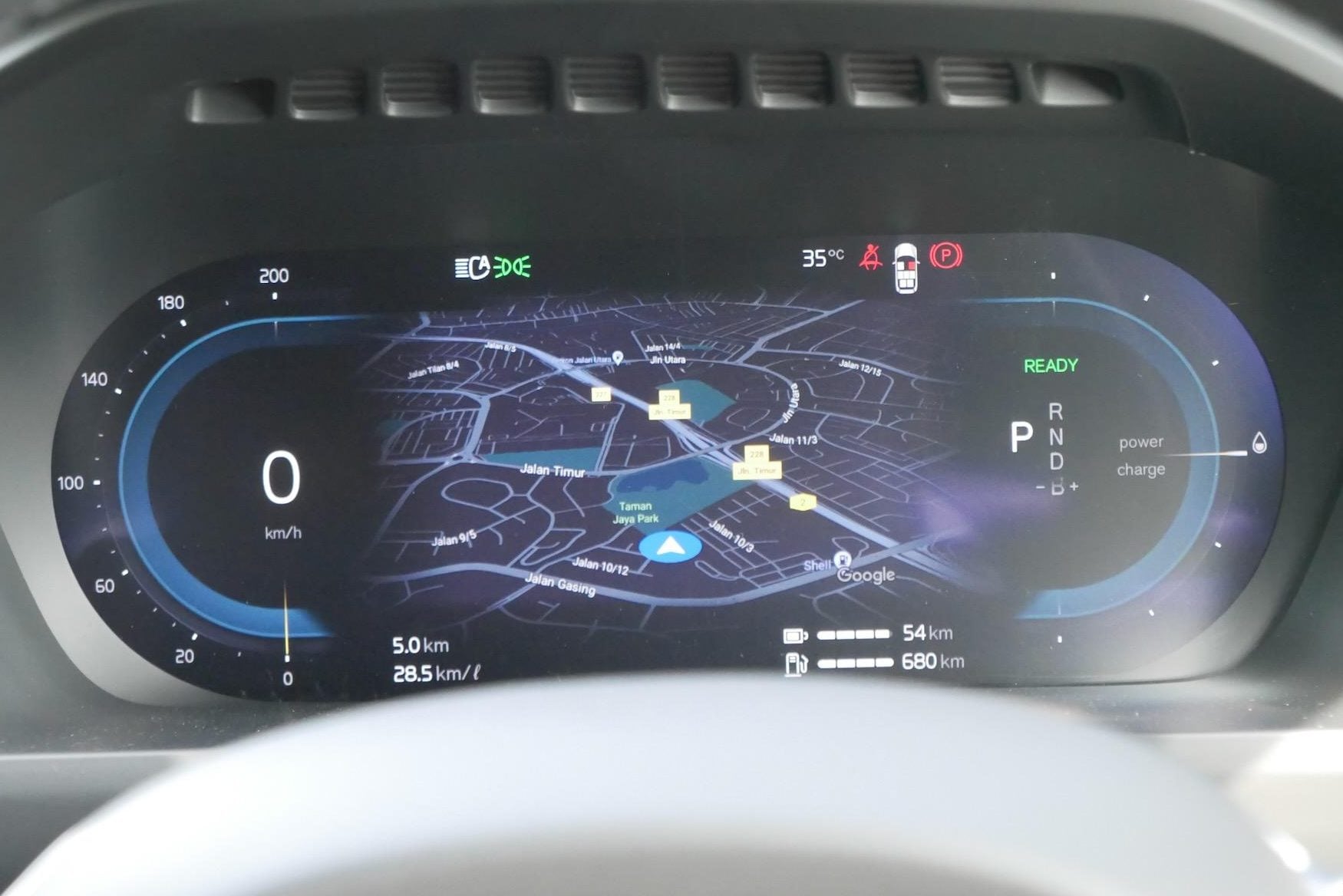

On pure petrol power, the 2.0L motor is not especially thrifty as this is a very heavy vehicle. My electric range went from 680km to 500km pretty quickly once the battery was completely drained. Then the fuel tank drained quickly too, so keep the car charged up and your foot light and the XC90 will absolutely be light on the wallet to run.
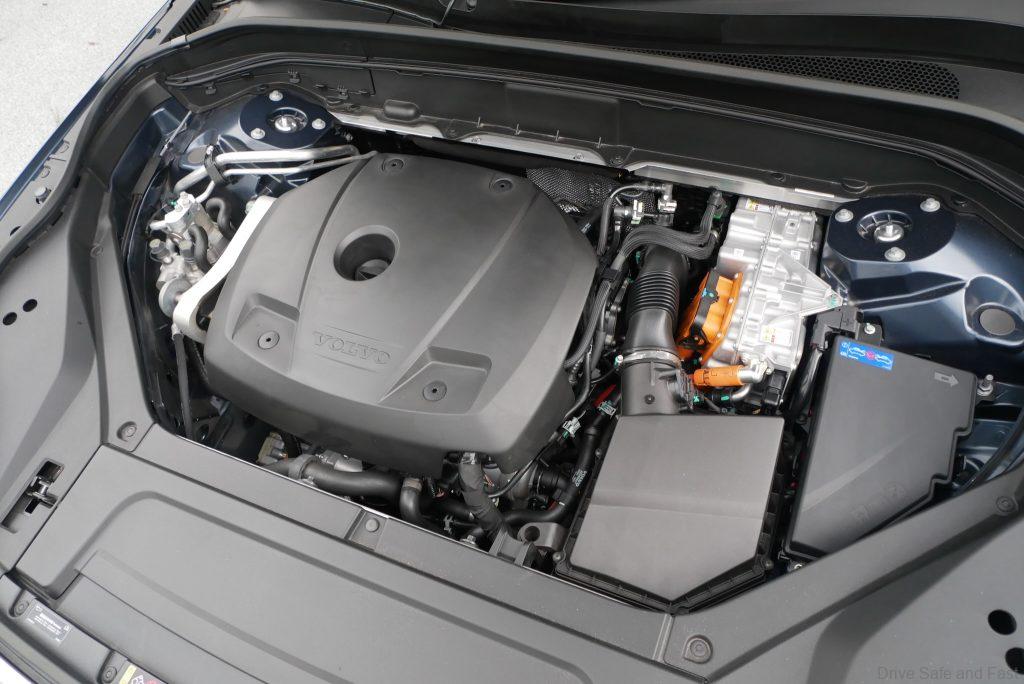
To be honest, the XC90 is most at home being driven in at a moderate pace. Of its 3 rivals, it’s the most stately in appearance. It can handle itself, but you ‘feel’ the weight of the car in the corners, which discourages dynamic driving. The air suspension does an excellent job of keeping things comfy but there’s no running away from physics. The SPA chassis houses batteries in the central spine of the car, which may also contribute to the XC90’s higher-than-expected centre of gravity but larger than expected boot.
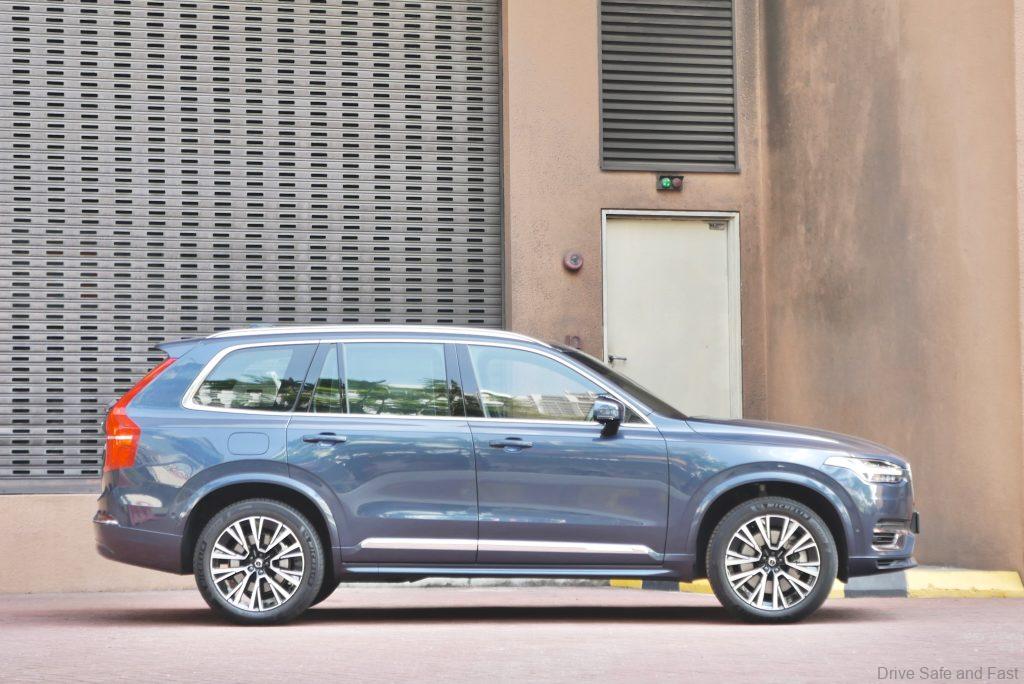
In Summary
It’s typically quite hard to recommend anyone go out and buy a product that has been in showrooms for 9 years, but the XC90 is a bit of an exception. The car was built to stay relevant until the electric age and now that the electric age is here the Volvo XC90’s battery and motor have benefited too. I personally think if you want an XC90 in your life, the latest model with a full warranty is the one to go for. The older 2019 T5 is a fine highway cruiser but it doesn’t do anything a Kia Sorento won’t do for less money brand new.
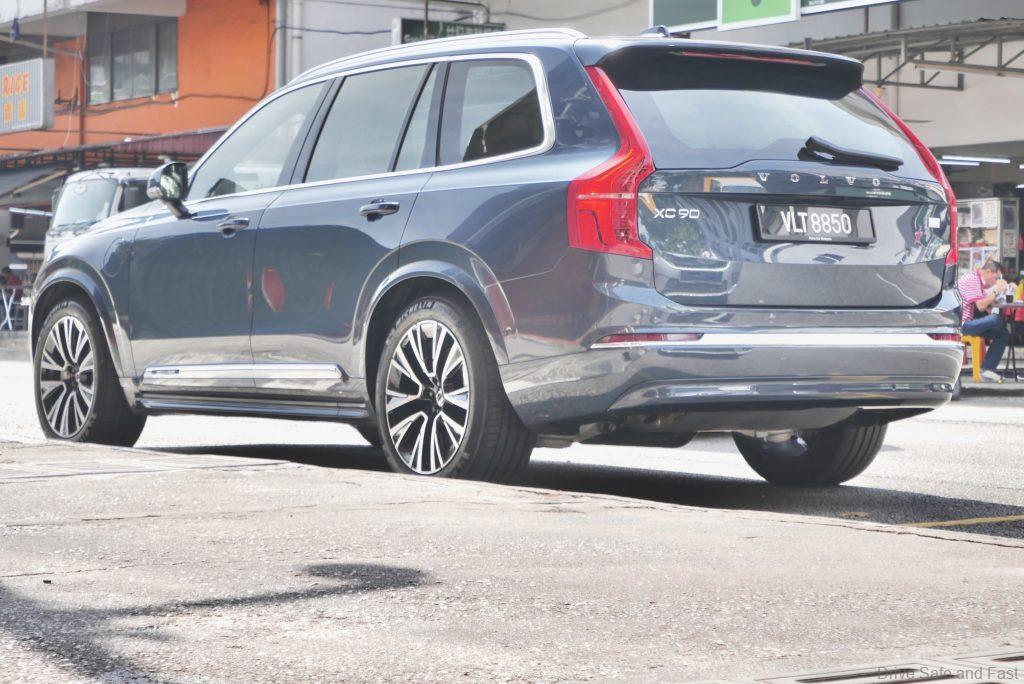
Volvo XC90 Recharge T8 Ultimate Specifications
Engine: Inline-4, 16-Valve, DOHC, Turbocharged petrol PHEV
Capacity: 1969cc
Gearbox: 8-speed Conventional Automatic
Max power: 462hp
Max torque: 709Nm
Top Speed: 180km/h
0-100 km/h: 5.3 seconds
Price: RM434,888